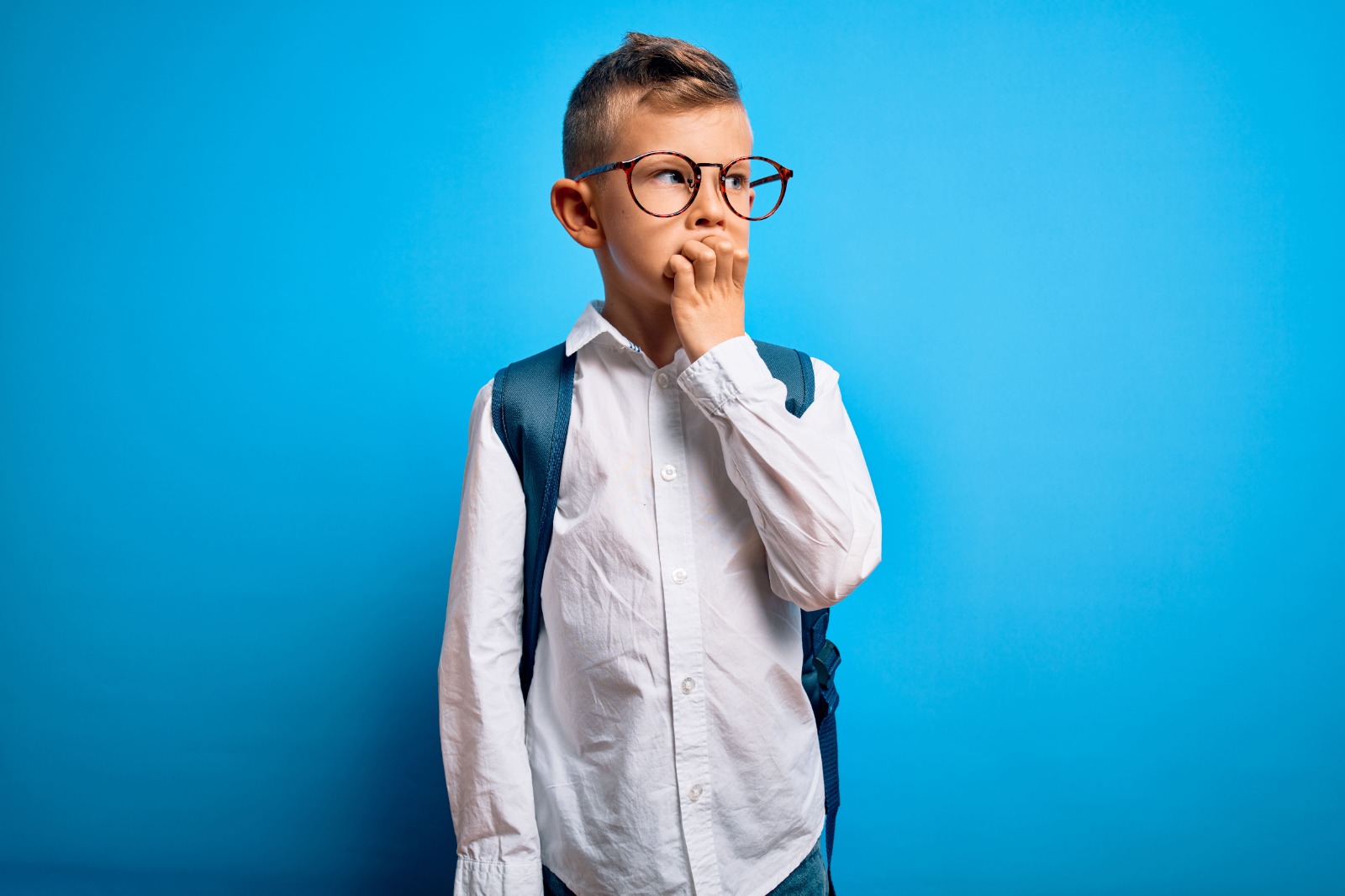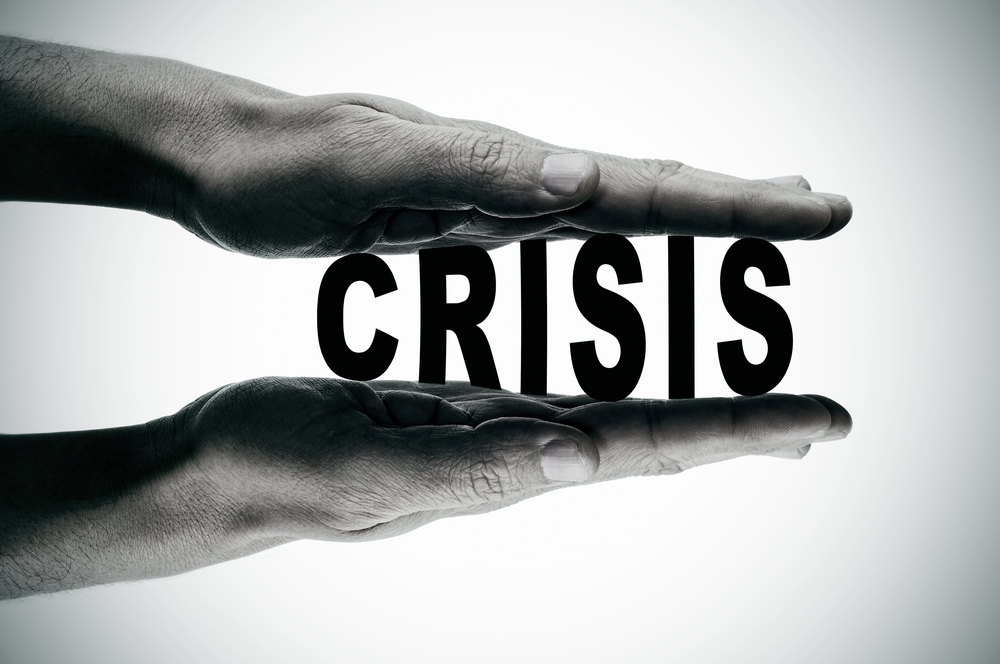Nearly all children experience some measure of fear and anxiety growing up. In most cases, fear and anxiety pass on their own. Children are resilient enough to overcome. But every now and again, a child will develop an anxiety disorder resulting from unresolved fear.
It has been estimated that up to 20% of all kids will ultimately develop an anxiety disorder. What makes an anxiety disorder different from normal childhood fear and anxiety is that it leads to more pronounced emotional responses. In addition, it can last a long time.
So what causes anxiety in children? In terms of a physiological trigger, we are not quite sure. It could be that some children are more naturally sensitive to their surroundings and, therefore, find it more difficult to deal with what frightens them. There could also be some sort of biological mechanism involved. That being said, there are some common environmental causes that seem to be prevalent:
1. Social Instability
Social instability, typified by things like frequently moving from one home to the next, is observed in children with anxiety. Whenever a move takes a child out of their current neighborhood, the child is also looking at changing schools and other social connections. That means finding a whole new group of friends. It means starting over.
A single move can certainly trigger anxiety in children. But frequent moves increase the likelihood that a sensitive child will be anxious. Parents can look for symptoms like frequent complaints of not feeling well and emotional outbursts, including tantrums.
2. Difficulty in School
School is a big challenge for many kids. A combination of challenging academics and social awkwardness can create a certain level of anxiety in just about any child. As always, some children handle it better than others. An anxiety disorder is always a possibility when difficulties in school get the better of a child.
3. Feelings of Being Unsafe
We live in a world in which it is increasingly more common for children to feel unsafe at home, at school, and even out in their neighborhoods. No one wants to feel this way. When a child experiences feelings of being unsafe, those feelings can lead to additional fear and anxiety that can be very difficult to overcome.
Fear is a significant factor in so many anxiety disorders. In children, fear can be more pronounced due to their lack of experience and knowledge of the world around them. And when fear is disproportionate to real life circumstances, childhood anxiety can overtake a sensitive child.
4. A Troubled Home
Among the most frequent triggers we observe in children with anxiety disorders is a troubled home. A home in which mother and father constantly argue makes life incredibly stressful for a child. This is especially true when a child blames him or herself for parents not getting along.
Unfortunately, parents separating and/or divorcing almost always adds to a child’s anxiety. A child bordering on an anxiety disorder could be pushed over the edge, so to speak, by what is considered by most children a traumatic event.
There are other fairly common scenarios we routinely associate with childhood anxiety. They include things like the death of a family member and the loss of a beloved pet. More important than potential triggers is the realization that childhood anxiety can be treated.
Through a variety of therapies including CBT, DBT, and even mindfulness, we can help children learn emotion regulation techniques that can help overcome anxiety. If your child suffers from anxiety, feel free to contact us to learn more.





